The Rules of Rug Placement — Easy-To-Apply Principles Design Pros Always Use
Make sure an area rug in any room of your home is in the right place with these dos and dont’s from interior designers
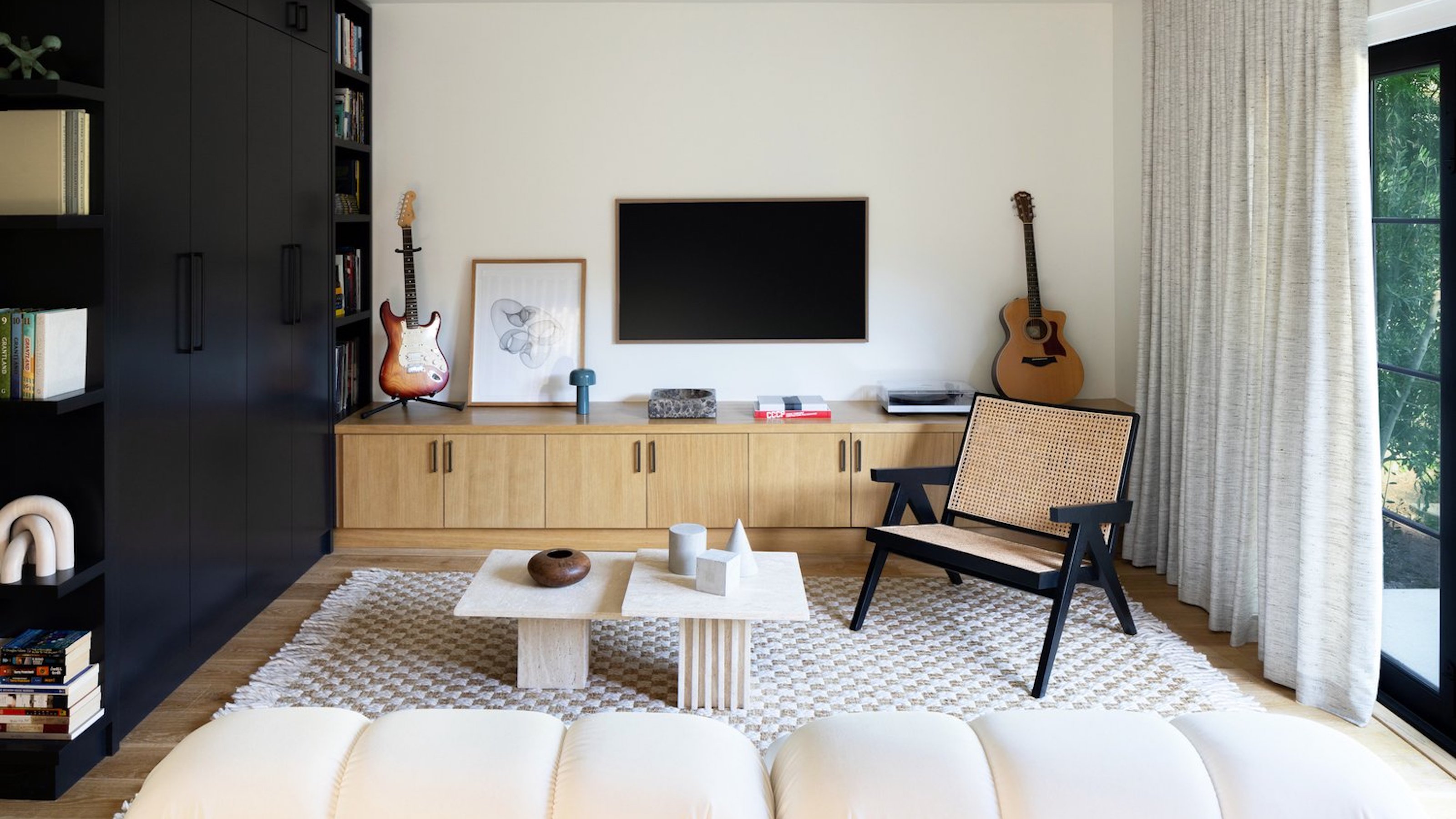
Sarah Warwick
Area rugs are an ultra-desirable element in the design of rooms all round your home. But in addition to choosing well, it’s equally essential to get rug placement right so that your choice grounds the room and creates the decorative impact it should.
The best rugs don’t skimp on size, but it’s equally important that they’re positioned so that they work with the furniture arrangements in the particular room, whether that’s a sofa and armchairs in the living room, the bed and nightstands in your sleep space, a table and chairs in the dining room, or with the pieces in any other room.
There are rules of rug placement that guarantee success in every space, and here interior designers share the dos and the dont’s.
Rug placement tips from interiors experts
When it comes to the placement of your rug, according to Heather Goerzen, design editor at interior service Havenly, there's a lot to think about.
“I want to ensure the rug properly anchors a scene and pulls all of the pieces together to tell a story,” explains Heather. “For living rooms, I love the ‘all legs on’ look with an oversized statement rug. For bedrooms, I’m partial to beginning the rug just in front of the nightstands — particularly if you have beautiful wood flooring to show off.”
Below are the rules of rug placement for every room.
DO: Position a living room rug under the front legs of furniture
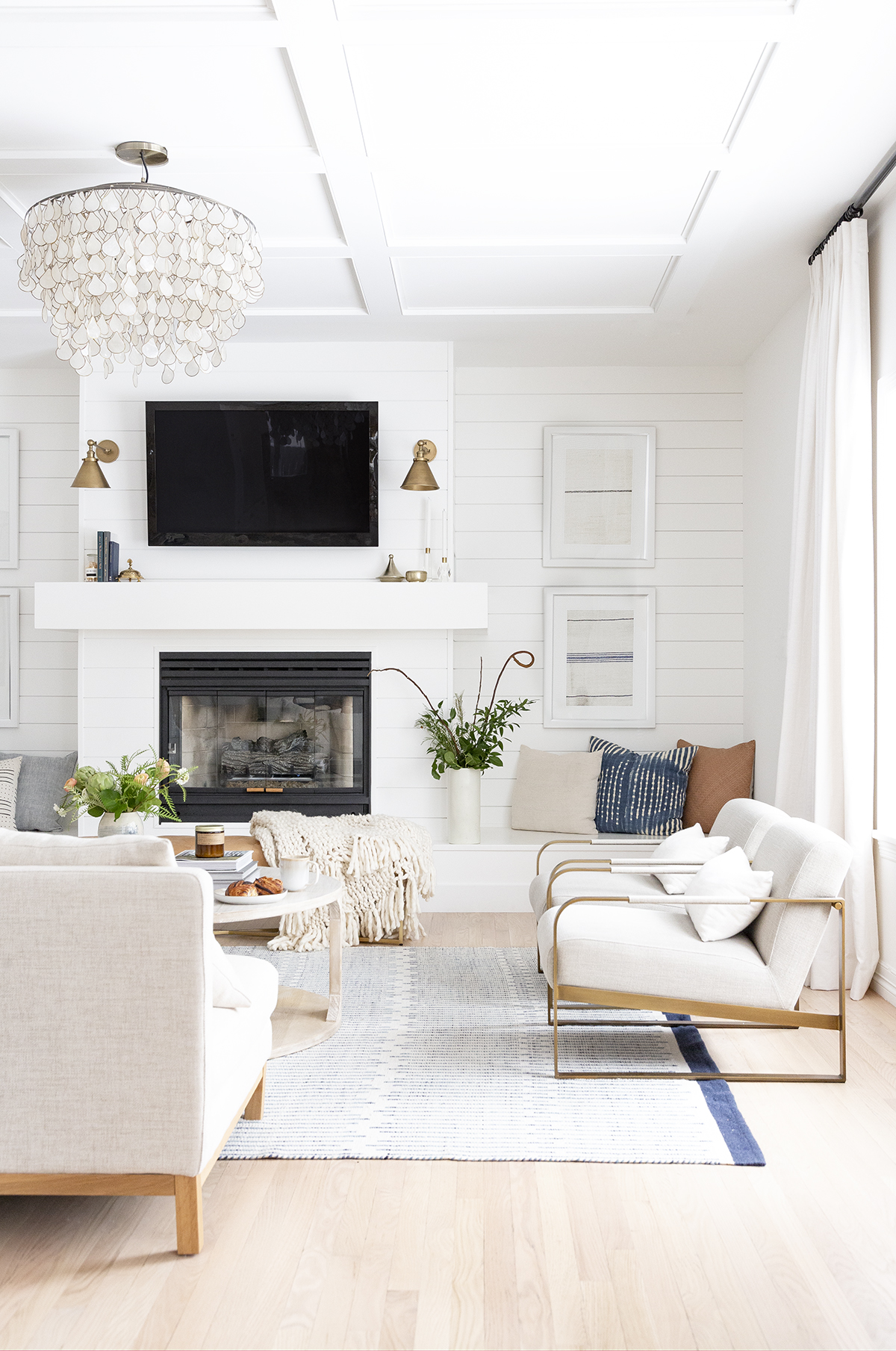
If you’ve ever asked the question should a sofa sit on an area rug, you might already know that designers advise that whatever your living room rug ideas, it should go under the front legs of all furniture.
“This anchors your seating area and creates a cohesive look,” says Victoria Holly of LA-based Victoria Holly Interiors. “The rug should be large enough to fit under the front legs of your sofa and chairs, tying the space together and defining your living area.”
“Always, always, always, always ensure at least the front two feet of every piece of furniture in the vignette (ie sofa, accent chairs, side tables) can sit comfortably on the rug,” agrees Heather Goerzen.
DO: Extend a rug beyond dining room chairs

A badly placed rug in the dining room can make moving to and from the table awkward and compromise the look of the space. To avoid this scenario, it should be positioned so it extends beyond the table and chairs all round.
“The rug should be large enough that chairs remain on it even when pulled out,” says Victoria Holly. “This not only protects the floor but also helps define the dining area, making it feel grounded and polished.”
DON’T: Unbalance nightstands in the bedroom
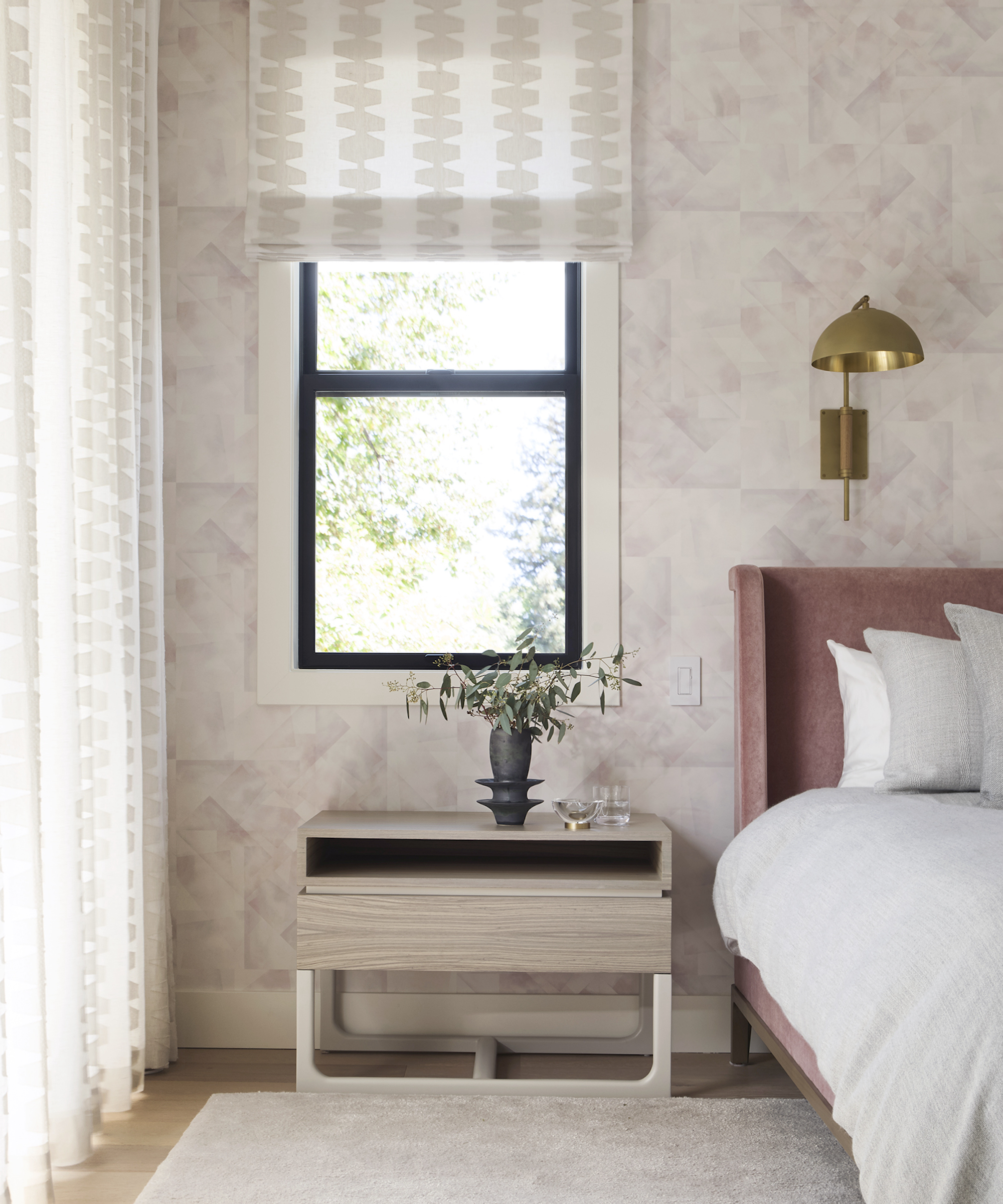
Pay attention to nightstands as well as the bed when placing a rug in the bedroom.
“Don’t place nightstands half on and half off the rug,” says Jennifer Jones, principal designer of Niche Interiors, San Francisco. “Not only does it look wonky, your nightstand won’t be perfectly level.
“Instead, place all four legs either on the rug or pull the rug in front of the nightstands with 2 to 3 inches of space in between.”
DO: Create a walkway in the bedroom
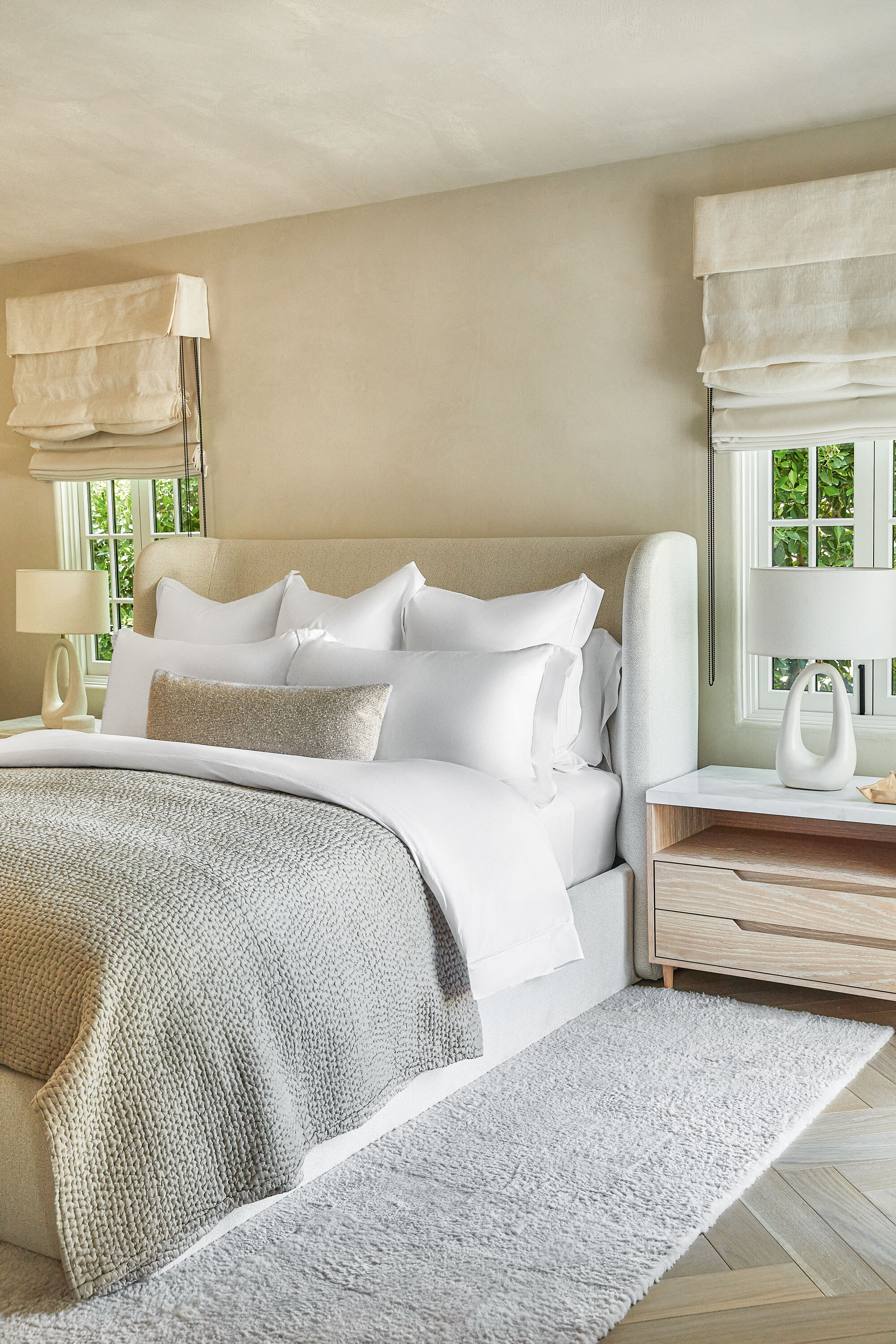
Another essential of bedroom rug placement involves thinking about walking to and from the bed.
“Position the rug under the bed, allowing it to extend around 3 feet or more to create a generous walkway,” says Rebecca Ward of Rebecca Ward Design. Place it wrong and you can barely step onto it when getting out of bed, she points out.
DO: Work in thirds in the bedroom
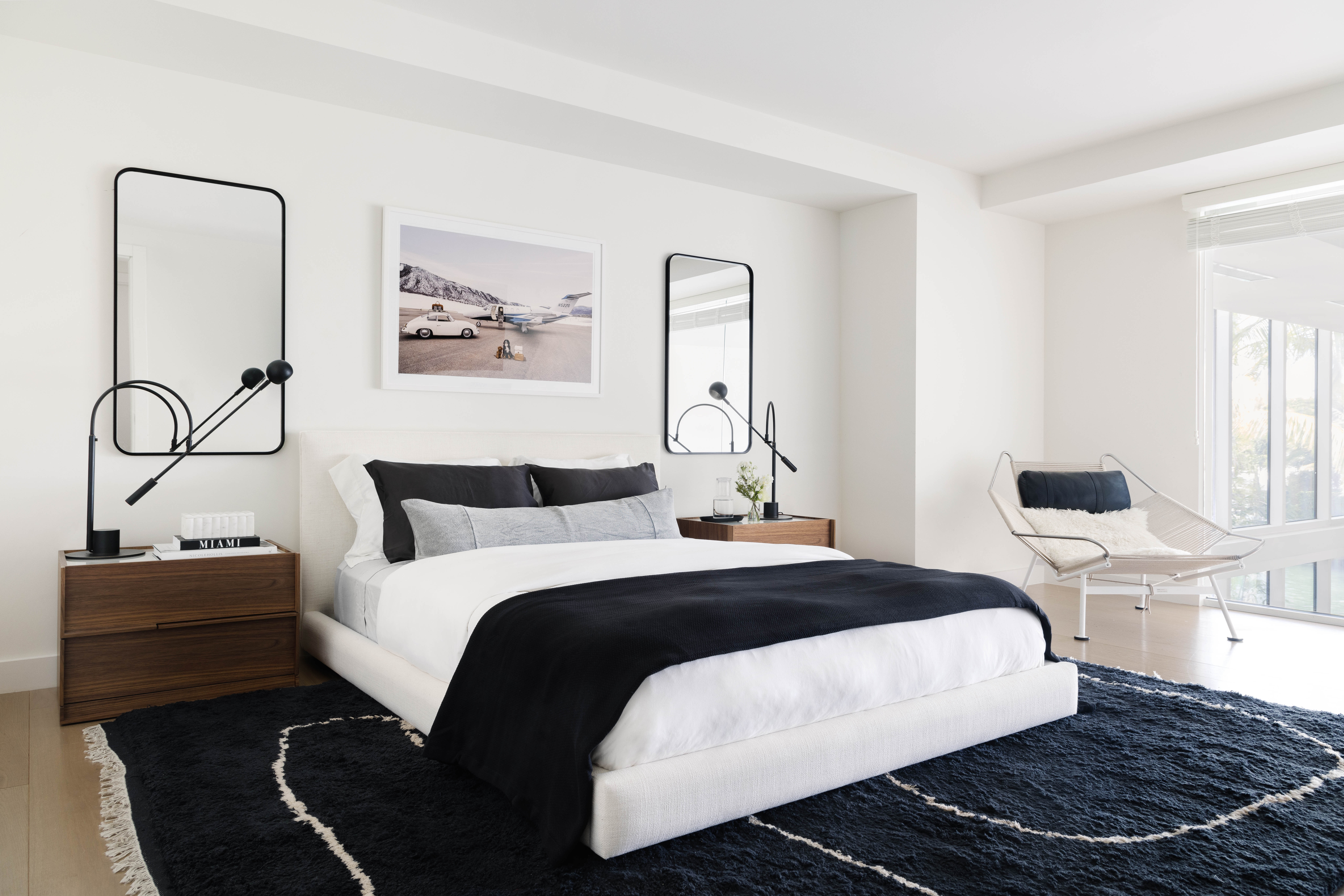
The ‘thirds’ rule is an easy way to approach bedroom rug placement.
“The most popular rug layout for bedrooms is placing two-thirds of the bed on the rug, leaving the remaining one-third open to the room,” Heather Goerzen explains.
“In this situation, the rug typically begins just in front of the nightstands (meaning they are completely off the rug). This is typically a 6 x 9 feet rug for a queen bed, and an 8 x 10 feet for a king bed.”
DO: Think comfort in the kitchen
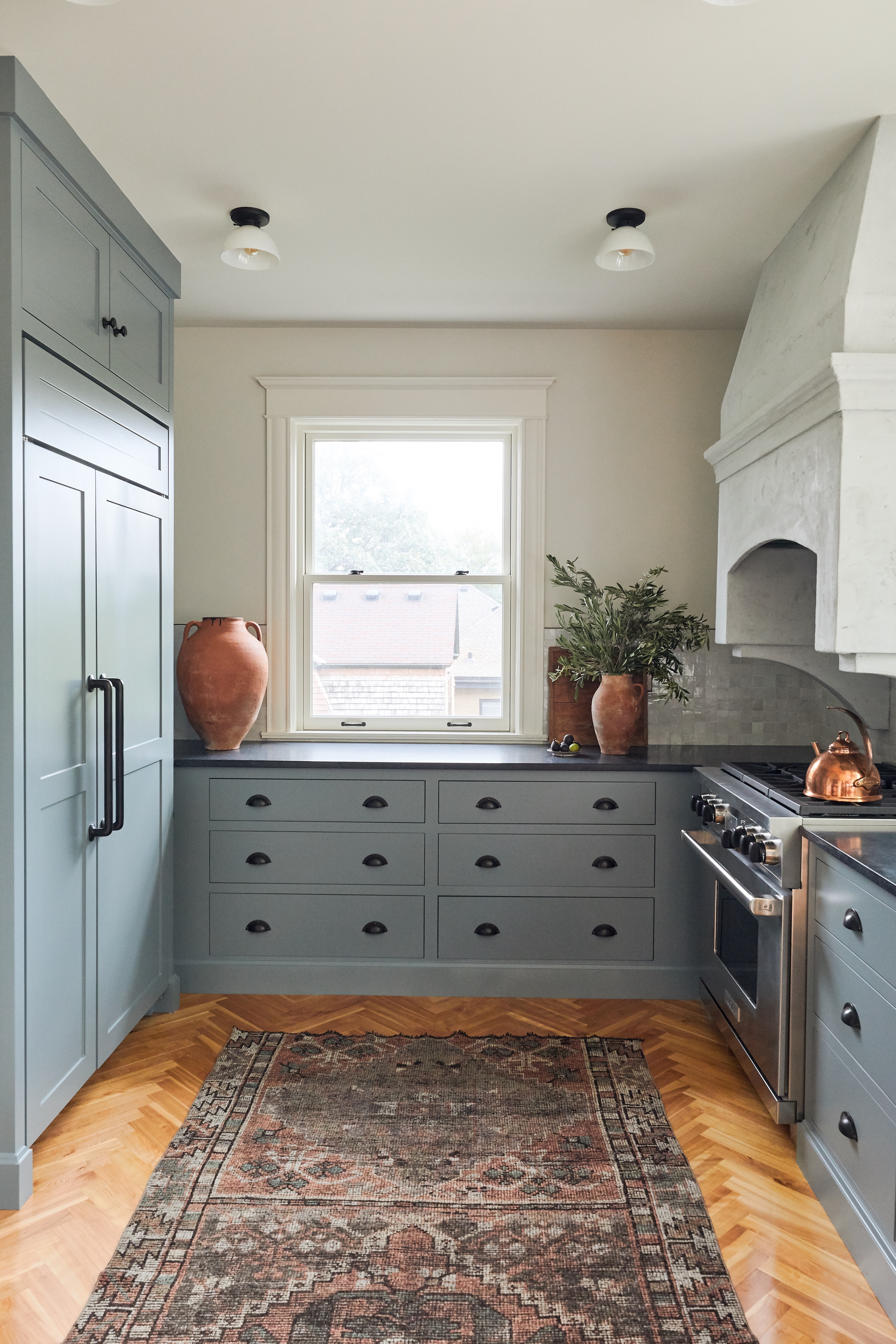
A kitchen rug’s placement can make preparation and cooking a more comfortable experience. Rather than a more conventional rectangle, though, think of using a runner as it can be positioned where it’s needed to deliver its benefits.
“Use a runner in front of the sink or stove,” says Victoria Holly. “A runner adds comfort and warmth to areas where you stand for extended periods.”
It’s best to avoid a rug that extends under kitchen furniture as an option, she advises. “Don’t place a large area rug under kitchen furniture,” she says. “Kitchen spaces require frequent cleaning, and a large rug can be impractical.”
DO: Go as big as sensible for the room
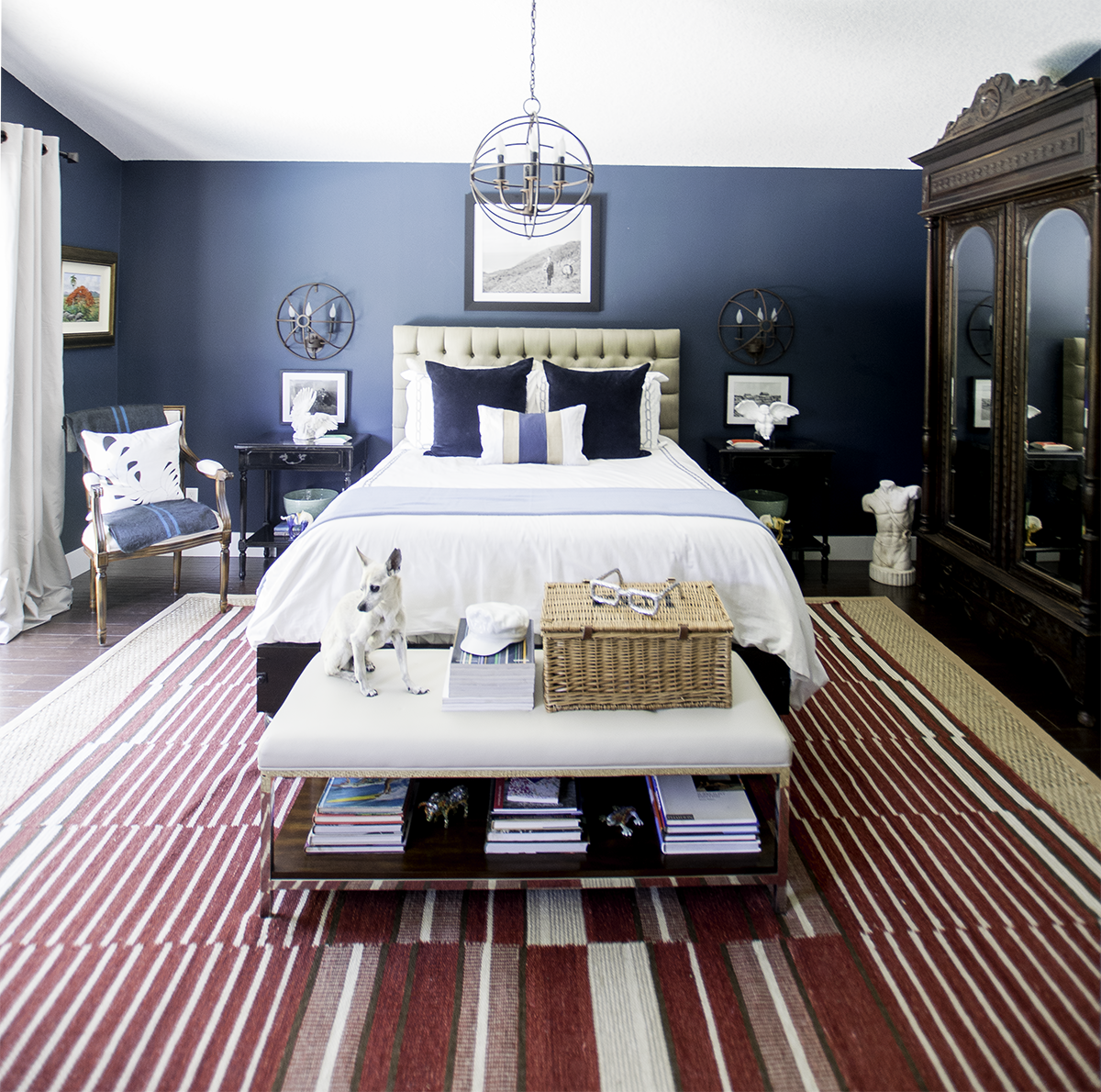
In the world of interior design, size matters. You wouldn’t pick a sofa too big for your living room, or a bed slightly too small for your bedroom. So when it comes to a rug think along the same lines. All the rug placement rules rely on a well sized rug.
“My general rule is to never skimp on size, but don't overdo it,” says Alex Alonso, founder and design principal at Miami-based interior studio Mr Alex Tate says.
“You don't want a rug that's too big for the room, but you don't want a rug that looks like a shrunken placement for your furniture. It's a balance. You want to find the size that defines the space but doesn't dwarf it.”
DON'T: Make it look cramped

However, while the scale is important, a rug is there to anchor your room. Not take up the entire floor space of your room.
“While you want to ensure your rug isn’t too small, you also don’t want it to be too big,” says Heather Goerzen. “Leave flooring breathing room, so to speak, with at least 18 inches between the rug and the wall, and typically 24 inches for larger living rooms.”
DO: Experiment with layering rugs
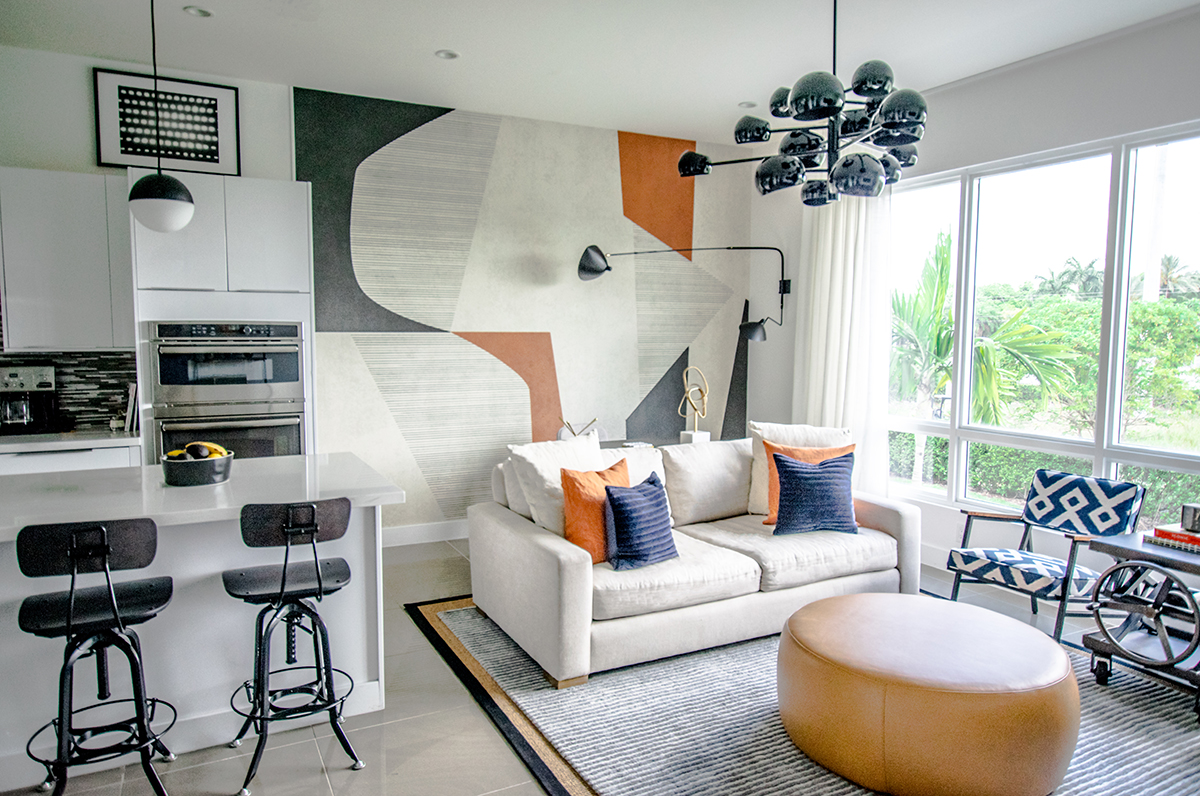
Sometimes, one rug just isn’t enough. If space allows, and you’ve found two differing floor coverings which complement each other, why not double layer your rugs? Helping to add coziness, comfort and creativity into your space, doubling up your rugs in a modern living room or bedroom can work wonders.
The way to place when layering? “I love layering rugs and typically do a more neutral one as the base that is larger and then a more colorful, design-forward one on top,” says Alex Alonso. “It’s always so chic and just gives you depth to the design of the room.”
DO: Consider rugs on the wall instead
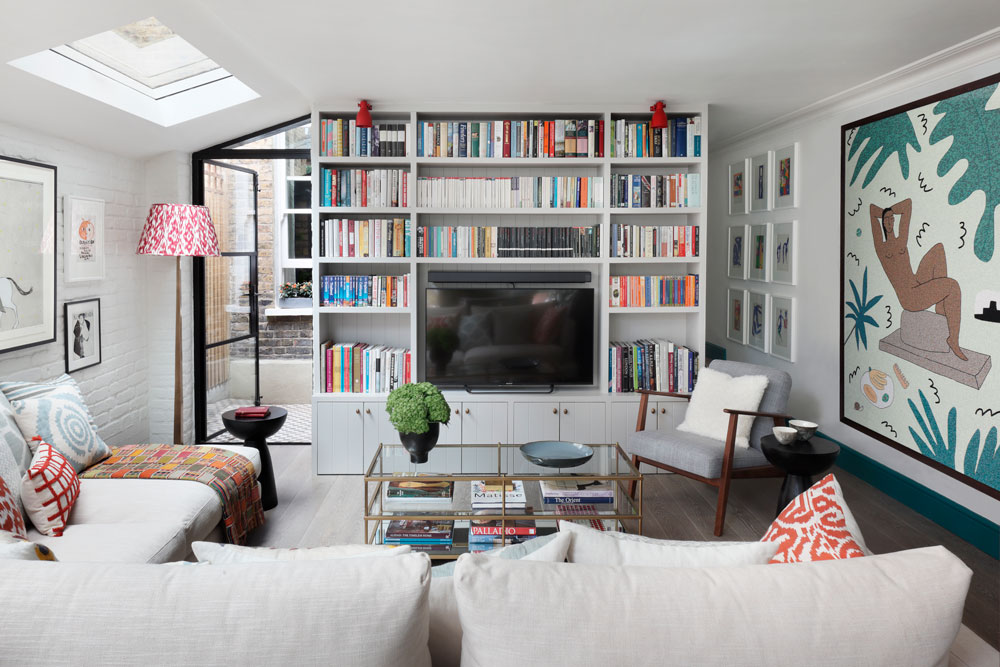
Did you think there was only one surface to consider placement when decorating with rugs? Think again. Rugs can be placed on the floor or on the wall.
“Beyond the floor, I do love using rugs as a wall-hanging,” Alex says. “Some are just so beautiful I'd never dream of stepping on them.”
You might want to think of Persian rugs, which can be eye-catching hung on a painted wall or displayed on one of exposed bricks.
DO: Keep furniture contained

The rule about keeping the front legs of furniture on the rug in a living room is a good one, but there is an alternative. One of the easiest design tricks to keep in mind when it comes to rug placement is to sit all furniture within a rug's perimeter. As seen in the latest modern living room trends, it can help zone your space and balance it.
Two fans of this look are Miami-based interior designers, Jay Britto and David Charette of Britto Charette. “We installed a custom-made wool and silk rug in our Portofino Tower project in South Beach,” they say. “The large format rug is placed so that all of the furniture sits within its parameters which in an open floor plan creates a sense of homeyness and delineates it as a seating area.”
When following suit, start from the principles concerning how big a living room rug should be. “The majority of living room rugs should be 8 x 10 feet or perhaps 9 x 12 feet, but for those fortunate enough to have a massive living room, you might be looking at a 10 x 14 feet,” says Heather.
DO: Consider symmetry
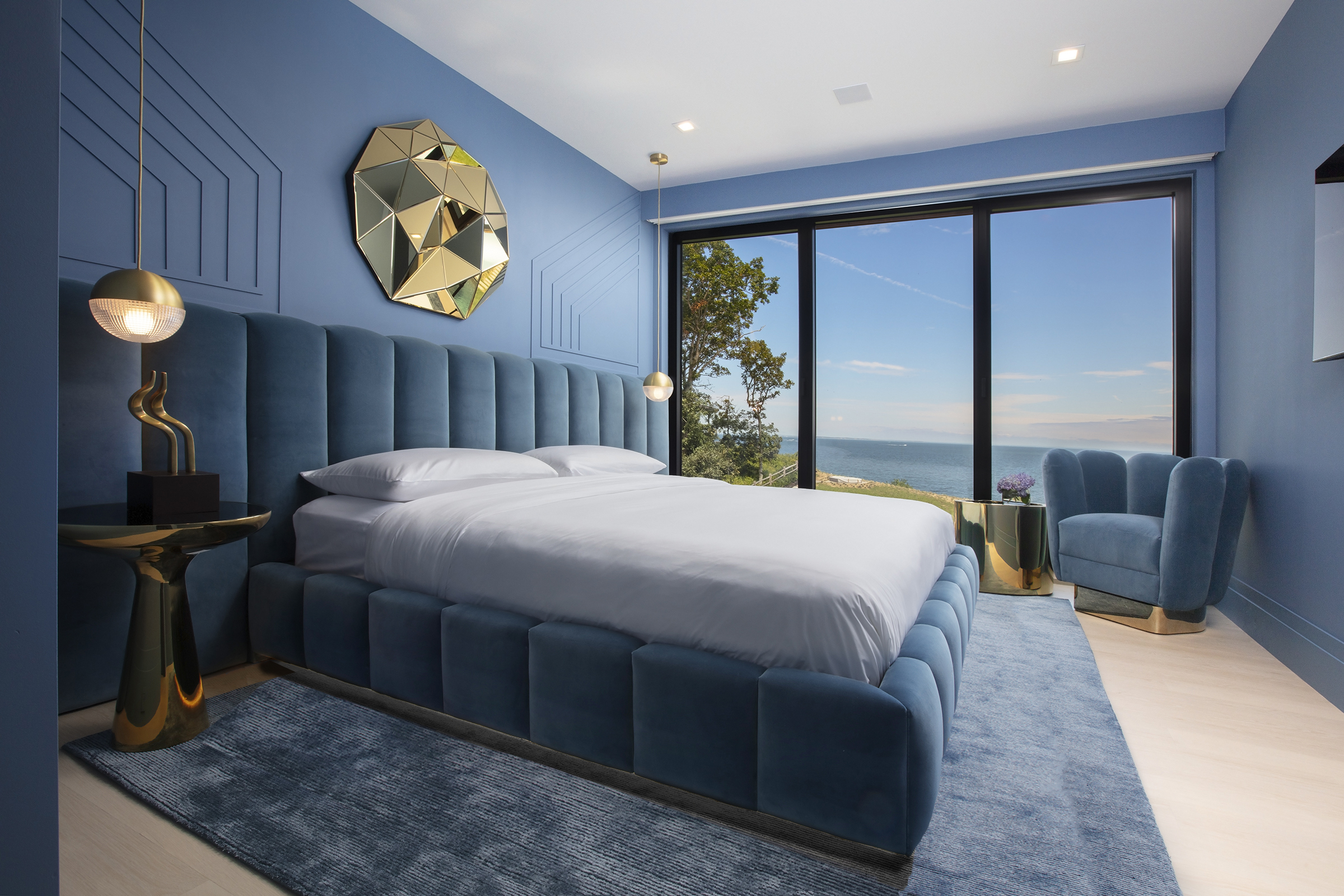
Thinking symmetry can be a great approach to rug placement, and it’s one that designers employ to great effect.
“In this design in the Hamptons, we used a really plush rug in a gorgeous blue that was generously sized and spanned the length of the headboard,” explains Jay Britto. “This creates a very eye-pleasing symmetry in the room.”
FAQs
Should you put a rug under a coffee table?
Interior designers agree that you should put a rug under a coffee table. “Every living space with a coffee table needs an area rug,” says Rebecca Ward of Rebecca Ward Design. “Ensure your living room rug is large enough to cover all pathways around the coffee table and beyond. It should extend at least partway under the upholstery to unify the furniture arrangement.”
The reason? “A rug helps ground your coffee table (and seating area) so it doesn’t feel like it’s floating in the middle of the room,” says Victoria Holly of Victoria Holly Interiors.
Does a rug need to be in the center of a room?
While symmetry can be a useful design tool in a room, that symmetry doesn't need to be created using the proportions of the room itself when it comes to a rug. Think instead of using large furniture pieces as the anchor for the symmetry, such as a sofa or bed, or even architectural features like fireplaces or doors.
Be The First To Know
The Livingetc newsletters are your inside source for what’s shaping interiors now - and what’s next. Discover trend forecasts, smart style ideas, and curated shopping inspiration that brings design to life. Subscribe today and stay ahead of the curve.
Becks is a freelance lifestyle writer who works across a number of Future's titles. This includes Real Homes, Top Ten Reviews, Tom's Guide, TechRadar and more. She started her career in print journalism at a local newspaper more than 8 years ago and has since then worked across digital and social media for food, fashion and fitness titles, along with home interior magazines. Her own interior style? She's big on creating mindful spaces in every corner of her home. If it doesn't spark joy or happiness, it has no place here. When she’s not writing, she’s reading and when she’s not reading, she’s writing.
-
 12 Essentials Every Cool, Collected Spring Host Needs — And You’ll Never Guess Where They’re From
12 Essentials Every Cool, Collected Spring Host Needs — And You’ll Never Guess Where They’re FromGuests will think you thought of everything, you just knew where to shop
By Julia Demer Published
-
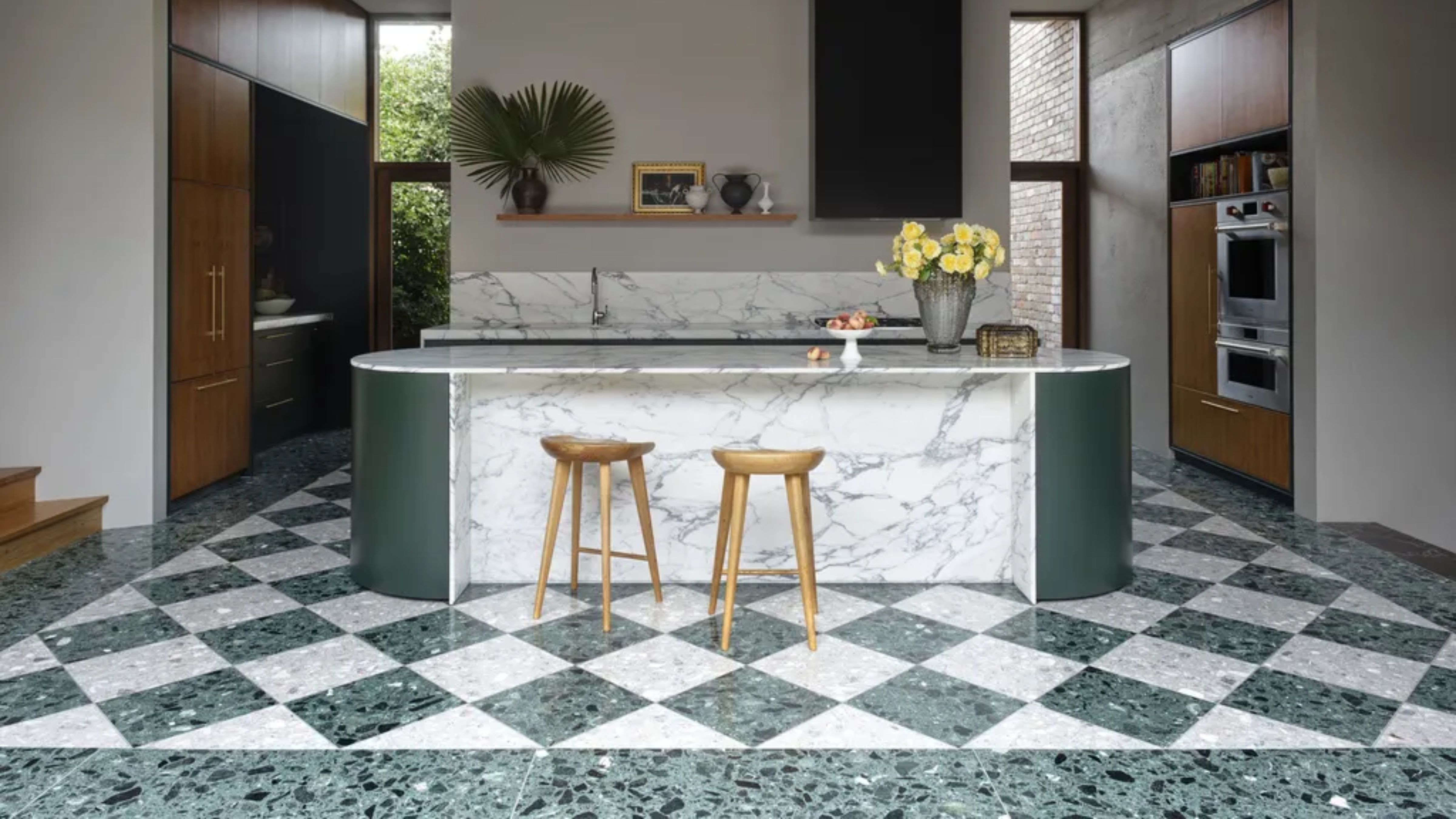 Smeg Says Teal, and We’re Listening — The Kitchen Shade of the Year Is Here
Smeg Says Teal, and We’re Listening — The Kitchen Shade of the Year Is HereDesigners are already using the soft, sea-glass green everywhere from cabinetry to countertops
By Julia Demer Published